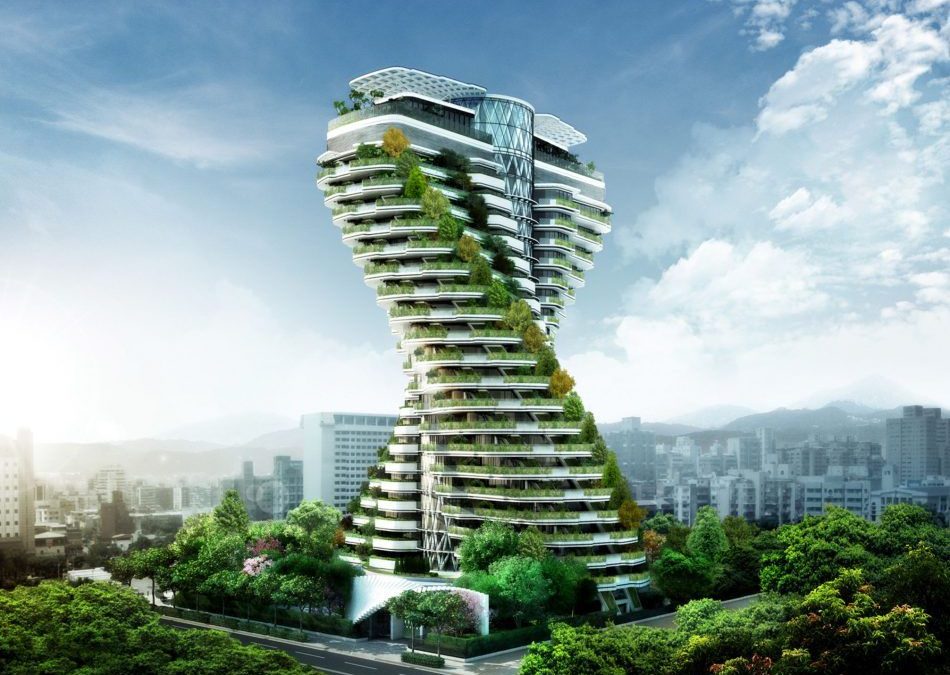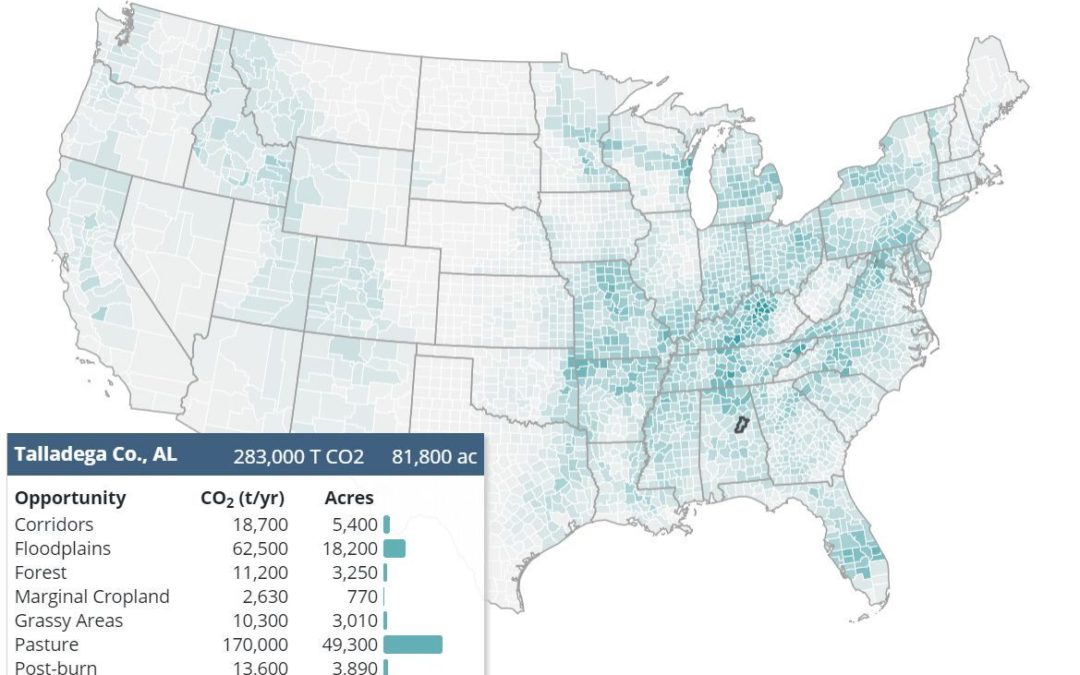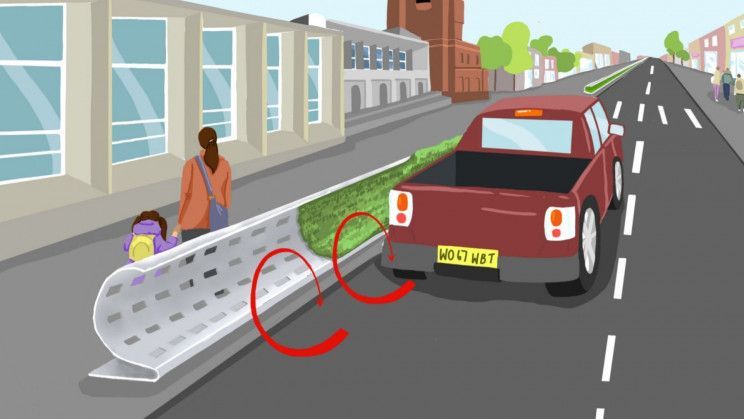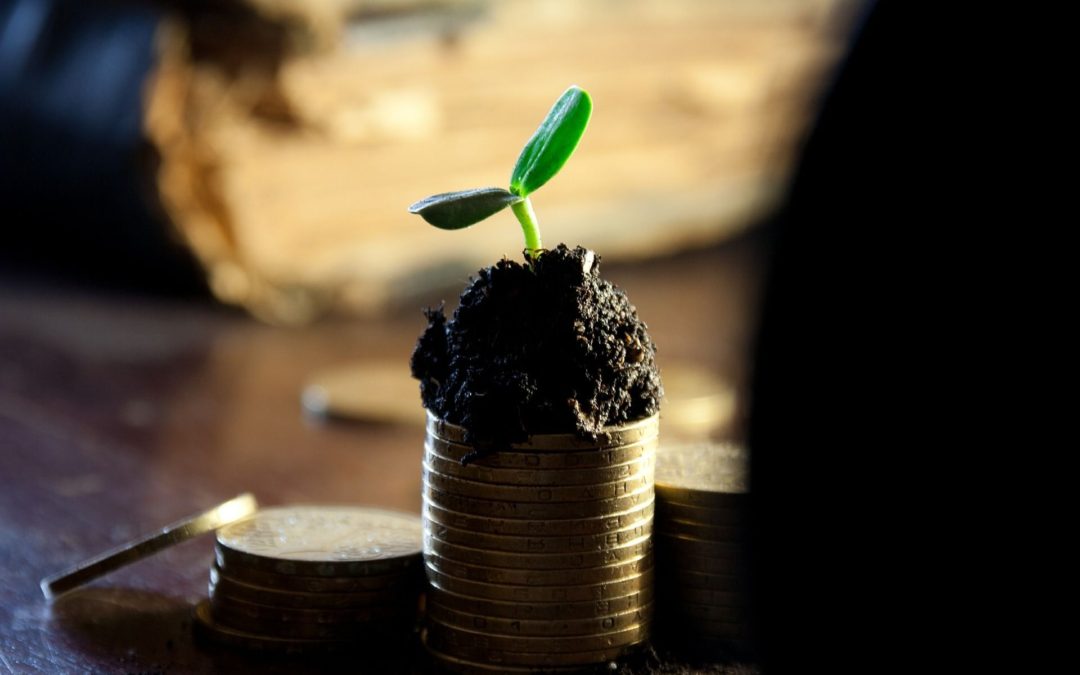
♻️ Green Tech


🌲 An interactive map shows the best places to replant forests
Deforestation has begun to decrease and we now see that forests are being replanted in more and more places. However, not all areas are equally suitable for planting forests. To help decide where reforestation can be most beneficial, researchers in the United States...
🛣 New roadside barrier protects people from air pollution
Researchers from Imperial College London have designed a curved barrier that will protect people in the city from air pollution. To develop a barrier that averts air pollution particles away from e.g pedestrians the scientists used airflow modelling techniques (you...
💵 It is more profitable to protect wilderness than to exploit it
Exploiting wilderness can cost more than protecting it, even if we only see it financially, a new study shows.One argument against protecting wilderness instead of using it for cultivation, forestry or mining, for example, is that it is much more profitable to exploit...
🌍 Global Forest Watch can now see through clouds
Global Forest Watch by World Resources Institute can now track deforestation shortly after it happens, even on a cloudy day. This new range of capabilities will improve efforts to monitor tropical deforestation. The software is very popular with citizen scientists...

